Mechanical Keyboards, Studio Headphones, and Beyond When building a high-end PC, it's...
Premium Monitor is Right for Your Workflow or Game play?
Whether you're a video editor looking for colour precision, a 3D artist seeking deep contrast, or a gamer chasing ultra-responsive performance, your monitor isn’t just a display — it’s the window into your digital world. In 2025, the three major technologies leading the premium monitor space are OLED, Mini LED, and IPS. Each has its strengths, and understanding their differences is key to finding the perfect fit for your workflow or gameplay.
At Aussie Custom Computers, we help professionals and enthusiasts across Australia pair the right high-performance components with the right display — because even the fastest system won’t shine unless your monitor can keep up.
So how do you choose between OLED, Mini LED, and IPS for your next premium display? Let’s break it down.
OLED: Perfect Blacks, Unrivalled Contrast
OLED (Organic Light Emitting Diode) monitors are renowned for their ability to produce true black levels. Unlike traditional backlit displays, OLED pixels emit their own light individually. When a pixel is turned off, it's completely off — resulting in absolute black, which enhances contrast, depth, and visual impact in ways no other panel can quite match.
For creative professionals working in dark environments, colourists managing HDR content, or gamers chasing rich, immersive visuals, OLED displays offer a cinematic edge. Fast response times, near-instant pixel transitions, and no backlight bleed make OLEDs particularly desirable for gaming at high refresh rates or editing footage with subtle colour gradients.
However, OLEDs do come with caveats. Burn-in remains a concern, especially for static UI elements left on-screen for long periods, which is something to consider if you’re working with editing timelines, HUDs, or prolonged static images. That said, modern OLEDs have advanced significantly, with burn-in mitigation features and extended lifespan.
Mini LED: Bright, Powerful, HDR-Ready
If you love HDR content and need a monitor that shines (literally), Mini LED might be your ideal choice. These panels use thousands of tiny LED backlights divided into local dimming zones, delivering deep blacks and incredibly bright highlights. The result? Spectacular HDR performance, exceptional dynamic range, and vibrant visuals that pop off the screen.
For gamers, Mini LED displays bring vivid explosions, detailed shadows, and immersive environments to life — especially when paired with ray-tracing-capable GPUs. For video editors and animators, the high peak brightness and controlled backlighting ensure that HDR grading can be done with confidence.
Mini LED sits in a sweet spot between IPS and OLED. You get better blacks and contrast than traditional IPS, without the burn-in concerns associated with OLED. However, it’s still not quite able to match OLED's pixel-level contrast and might exhibit haloing around bright objects on dark backgrounds — a side effect of zone-based lighting.
IPS: Balanced Colour Accuracy & Wide Viewing Angles
IPS (In-Plane Switching) panels have long been the go-to choice for professionals who need accurate colours and consistent image quality across viewing angles. In 2025, high-end IPS displays have come a long way, now offering higher refresh rates, faster response times, and wider gamuts — making them more versatile than ever.
If your workflow involves precise colour grading, print design, or product photography, an IPS monitor with factory-calibrated colour and wide gamut support is still a reliable choice. They’re also great for multi-monitor setups where viewing angles matter.
For gamers, high-refresh IPS displays (144Hz and up) offer a compelling blend of speed and visual fidelity, although without the ultra-deep blacks of OLED or the HDR punch of Mini LED.
IPS displays are generally more affordable than OLED or Mini LED alternatives, making them a smart middle-ground choice for creators and gamers who need quality without the premium price tag.
Which One Is Right for You?
Choosing the right monitor technology depends on how you use your PC, what matters most to your work or play, and how sensitive you are to display trade-offs.
If you’re a professional working with HDR video, cinematic colour grading, or visual storytelling, OLED is the gold standard. For long-form productivity, static editing UIs, and general-purpose content creation, IPS still holds strong. If you want the most versatile option with excellent brightness, HDR, and longevity, Mini LED is the new powerhouse — especially for gaming.
At Aussie Custom Computers, we can help you match your system build with the ideal monitor for your needs. Whether you're buying your first high-end display or upgrading to something that can handle the rigours of 8K editing or ultra-fast eSports gaming, we offer the latest OLED, Mini LED, and IPS monitors that are tested, calibrated, and delivered right across Australia.
FAQs: Choosing the Right Premium Monitor in 2025
1. Is OLED still at risk of burn-in in 2025?
While OLED technology has improved with pixel-shifting and screen refresh features, burn-in is still possible with static content left on screen for long periods. For mixed-use scenarios like video editing and gaming, modern OLEDs are much safer, but some caution is still advised.
2. What’s better for HDR: OLED or Mini LED?
Both offer fantastic HDR, but in different ways. OLED excels in dark scenes with infinite contrast, while Mini LED can reach higher peak brightness, making highlights more impactful in HDR content. Your choice depends on whether you prioritise contrast or brightness.
3. Can IPS panels be used for gaming?
Yes, especially in 2025. Many high-end IPS monitors now offer 165Hz+ refresh rates and low response times. They deliver excellent performance for gaming, with more consistent colours and fewer drawbacks than earlier IPS generations.
4. What’s the lifespan difference between OLED, Mini LED, and IPS?
IPS panels generally have the longest lifespan with no burn-in risks. Mini LED panels also last a long time and have fewer image retention concerns. OLEDs can degrade over time depending on usage patterns, but with proper care, modern units can last several years without issues.
5. Do you sell calibrated monitors for professional colour work?
Yes, at Aussie Custom Computers, we offer a selection of monitors with factory calibration, as well as the option for custom calibration before shipping. This ensures your display is colour-accurate right out of the box — ideal for editors, photographers, and designers.
Final Thoughts
The monitor you choose can make or break your creative workflow, gaming experience, or even day-to-day productivity. With OLED, Mini LED, and IPS each offering unique advantages, the best choice depends entirely on what you do — and how you want to experience it.
For stunning blacks and deep contrast, OLED leads the way. For dazzling brightness and dynamic HDR, Mini LED is a powerhouse. For balanced performance and affordability, IPS continues to be a trusted workhorse.
If you’re not sure which panel suits your setup, talk to the team at Aussie Custom Computers. We’re here to guide you through the decision and pair you with the right premium display — because your screen should never be the bottleneck to your creativity or competitive edge.


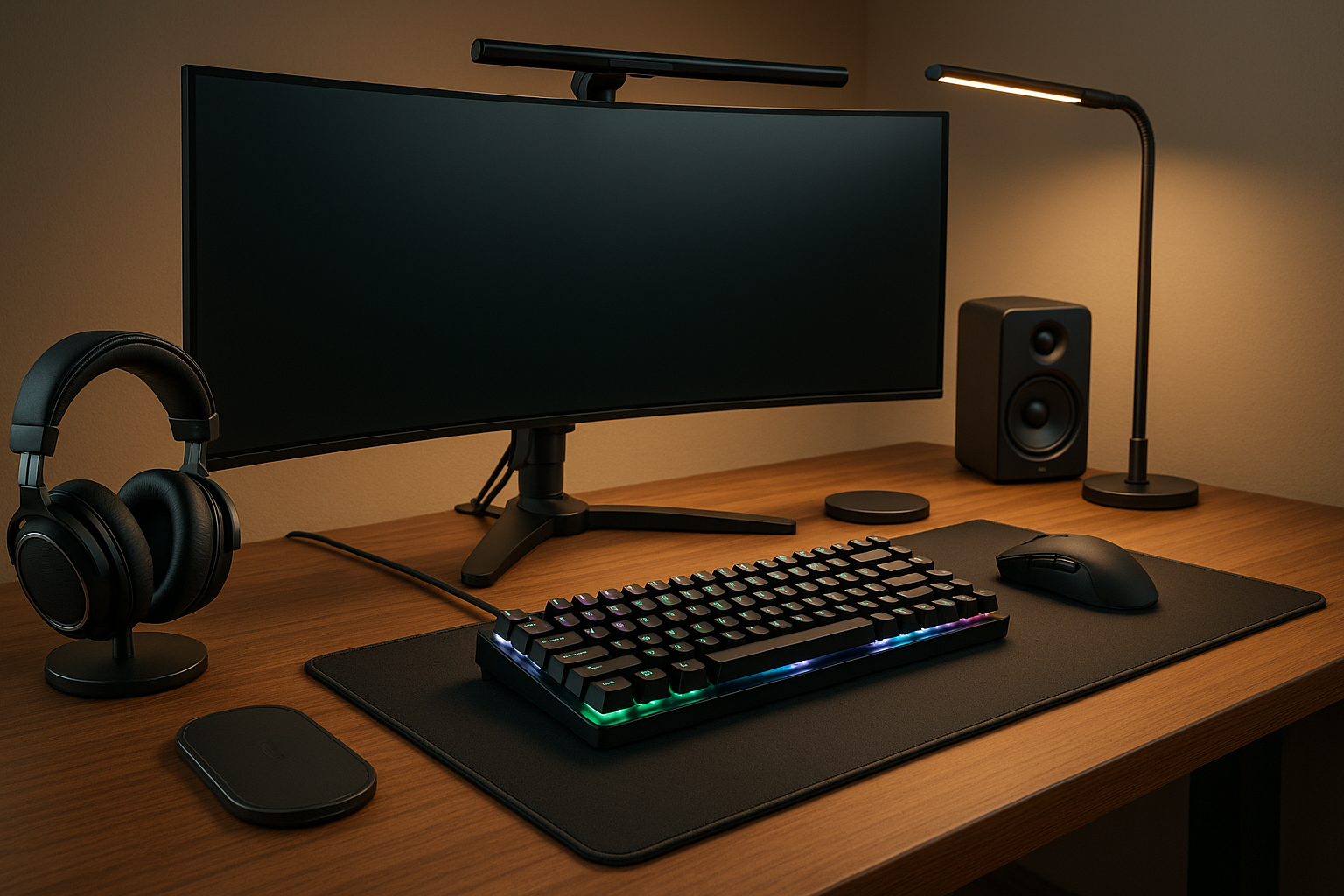
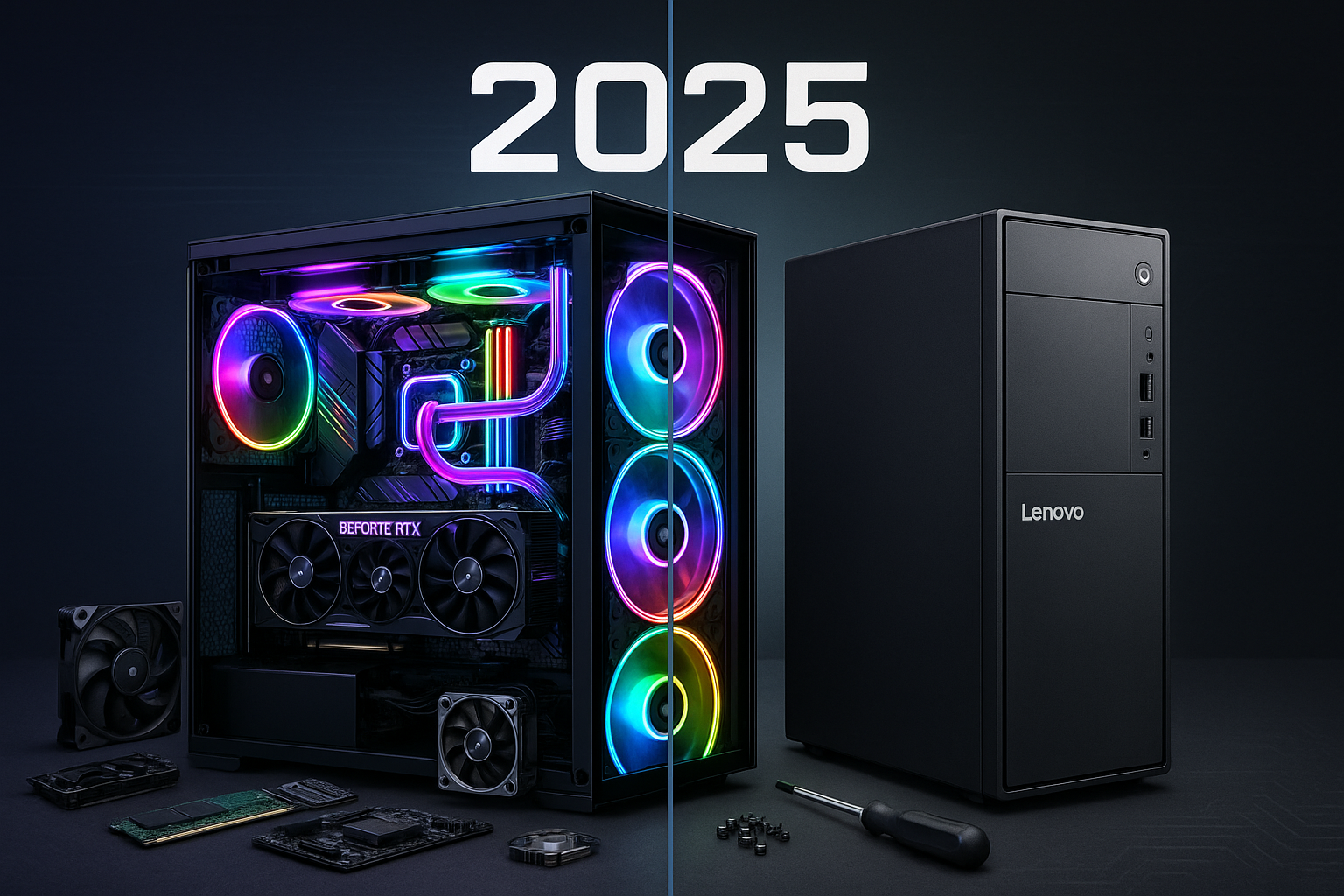
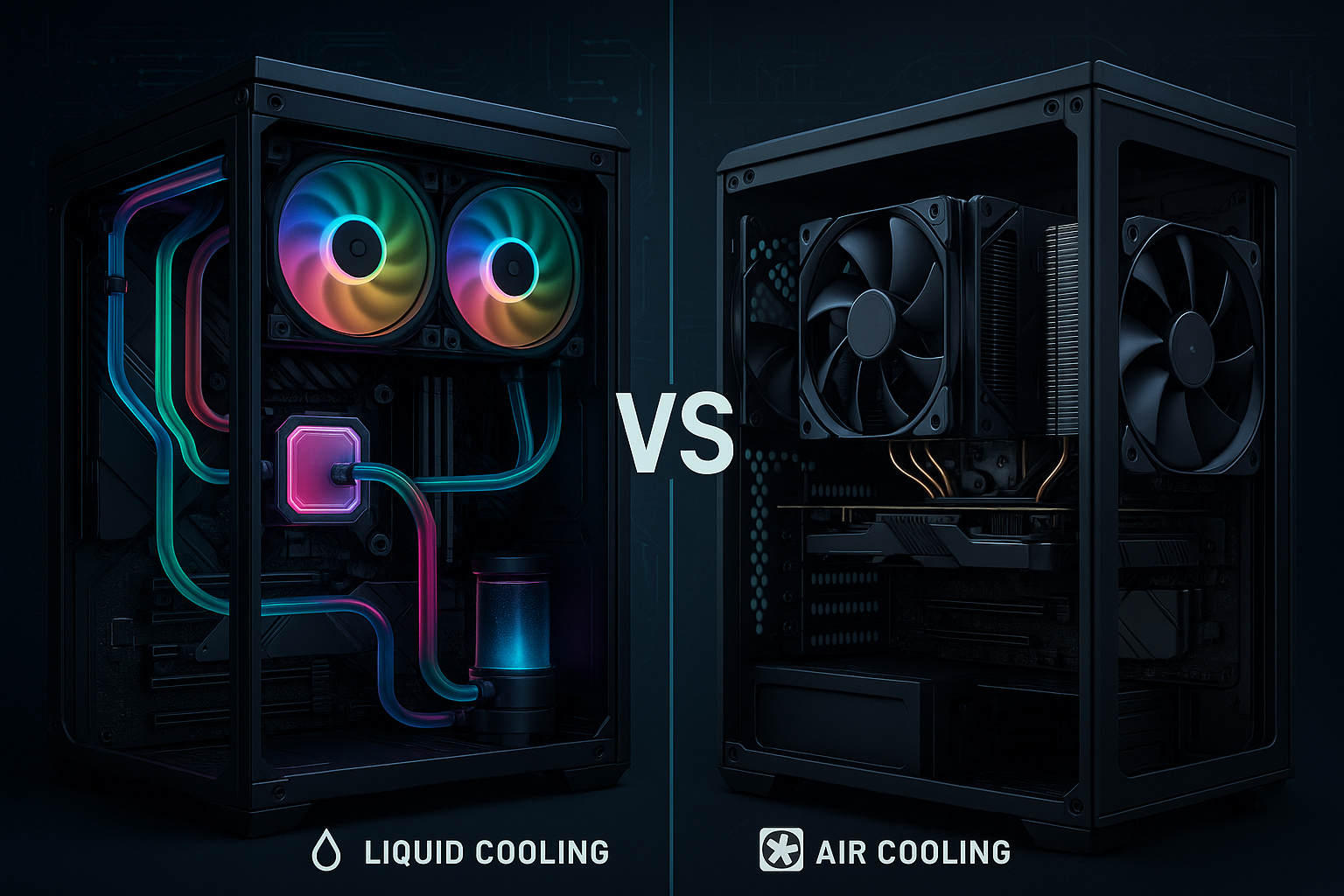
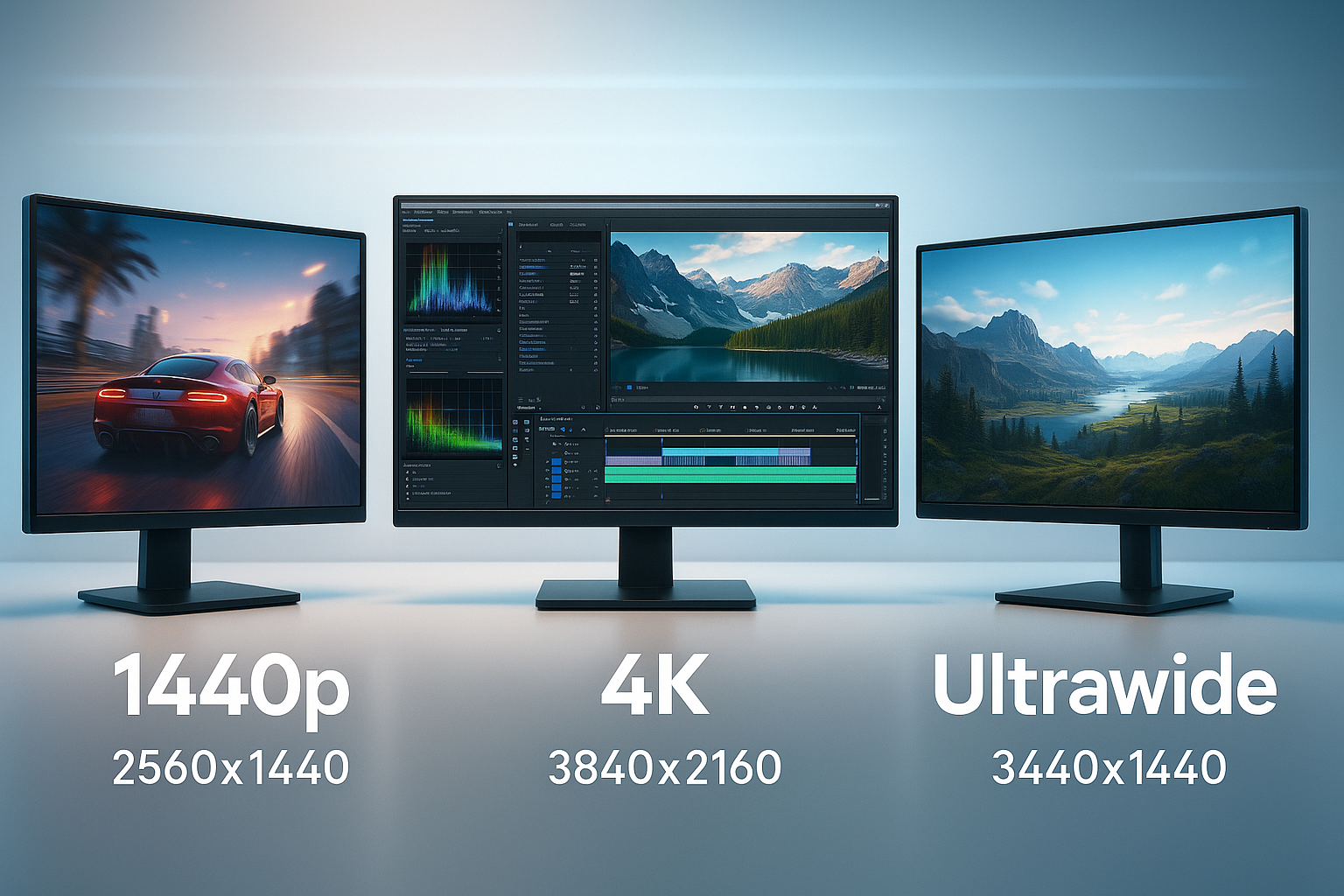
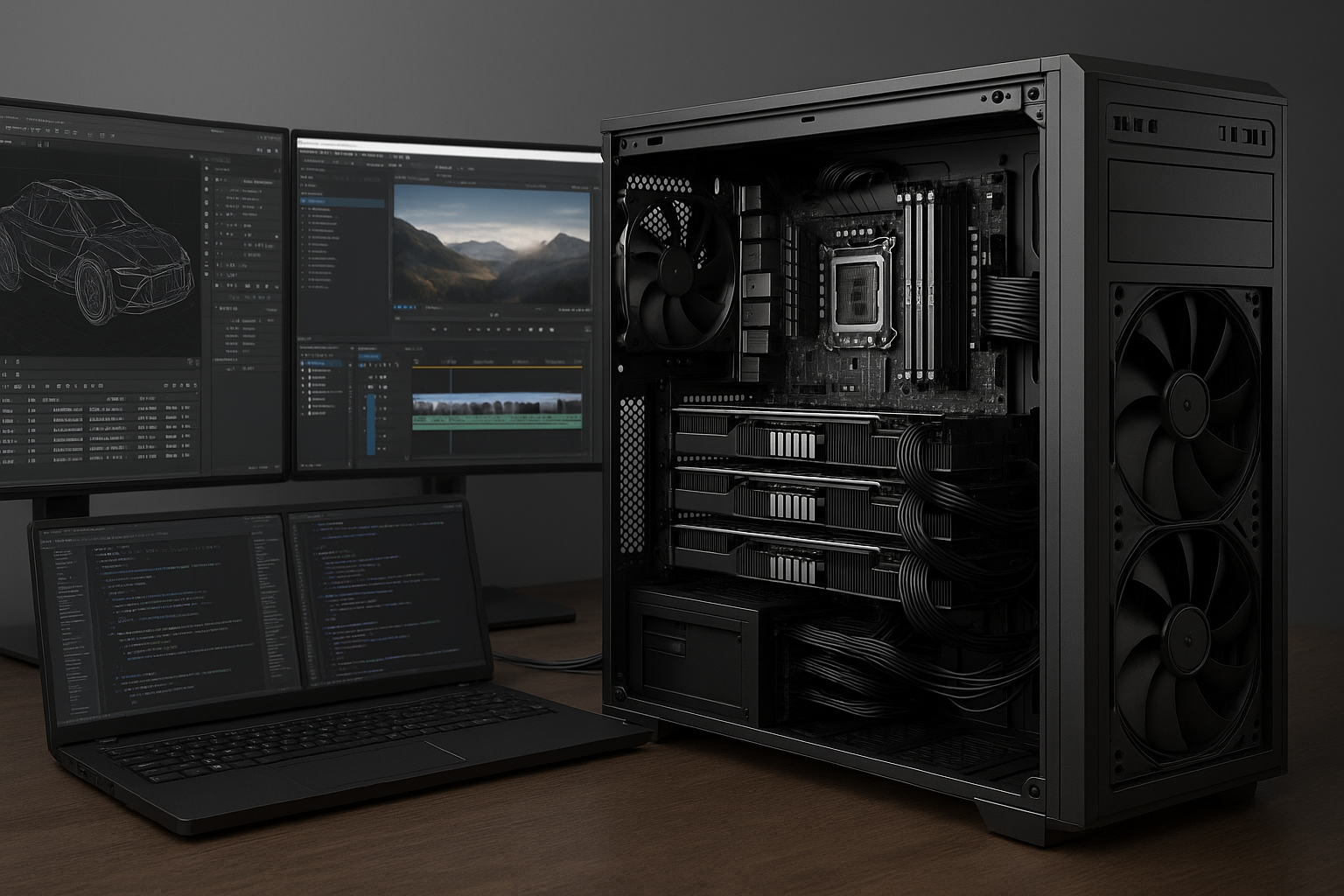
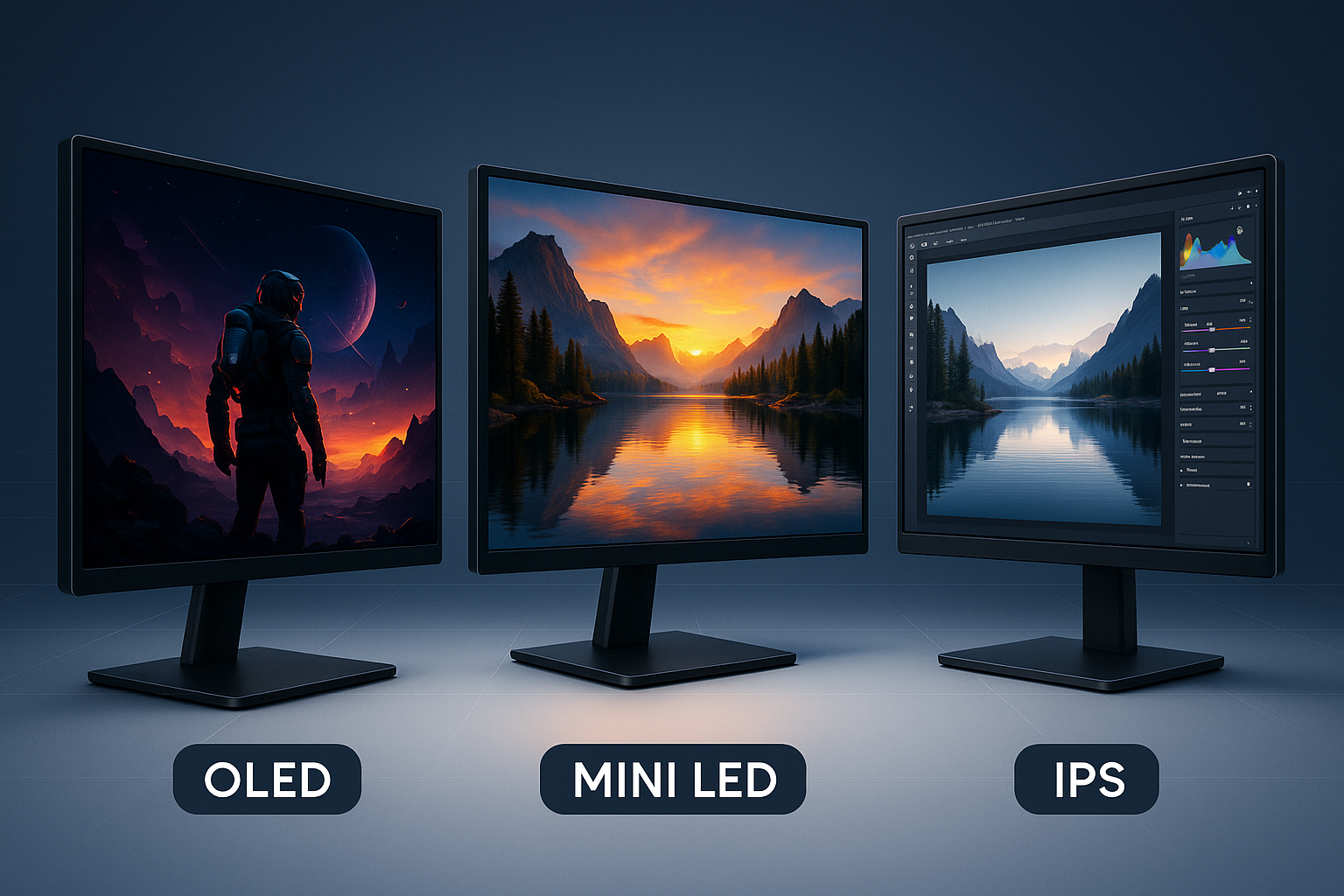

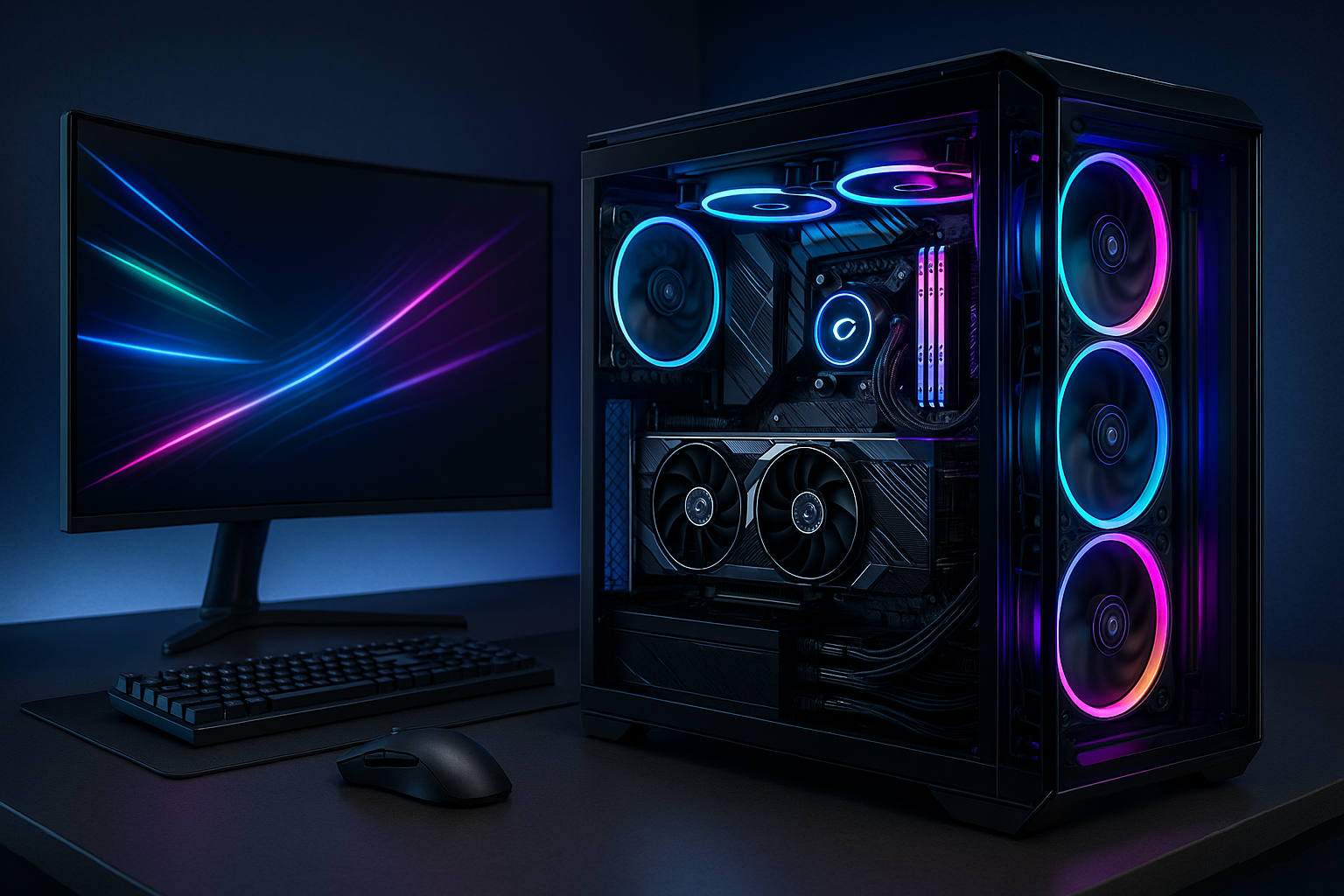
Leave a comment
Your email address will not be published. Required fields are marked *